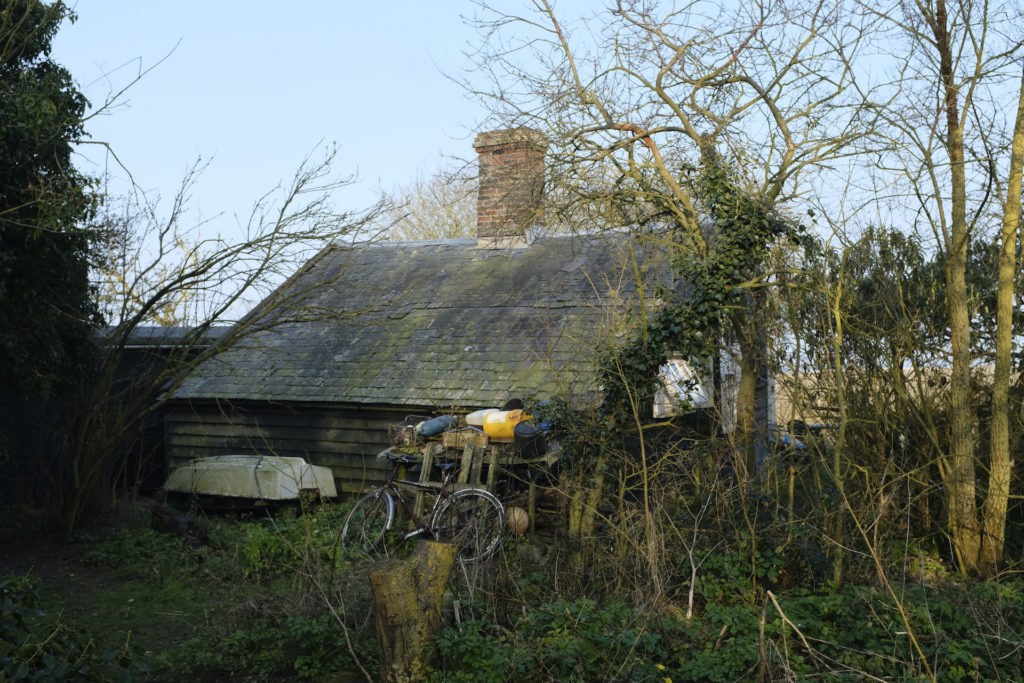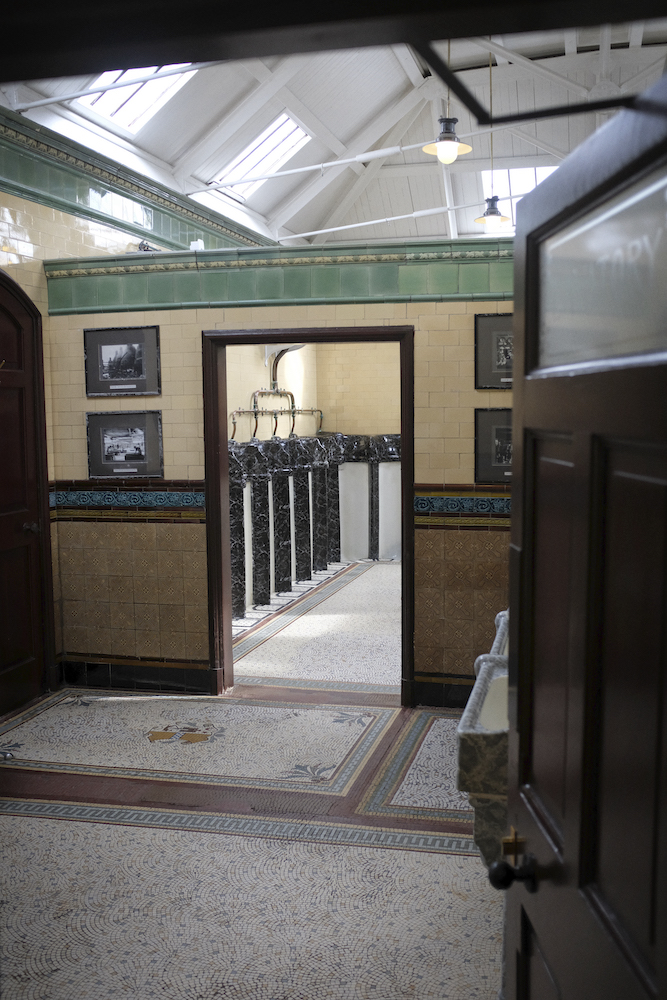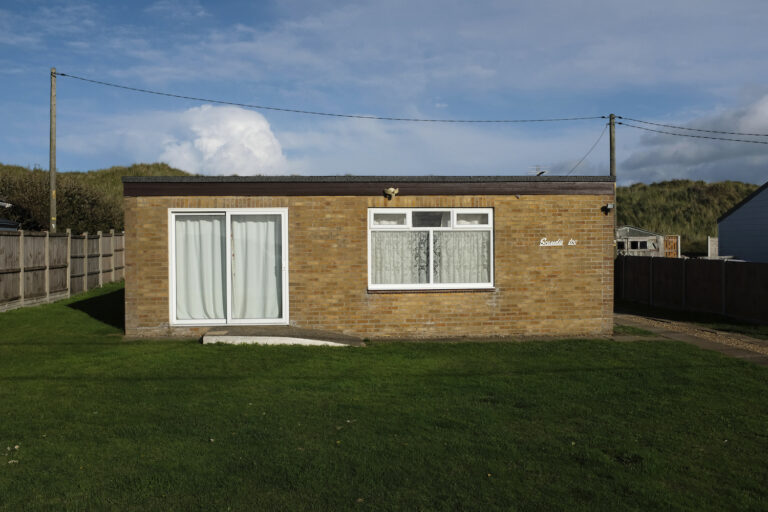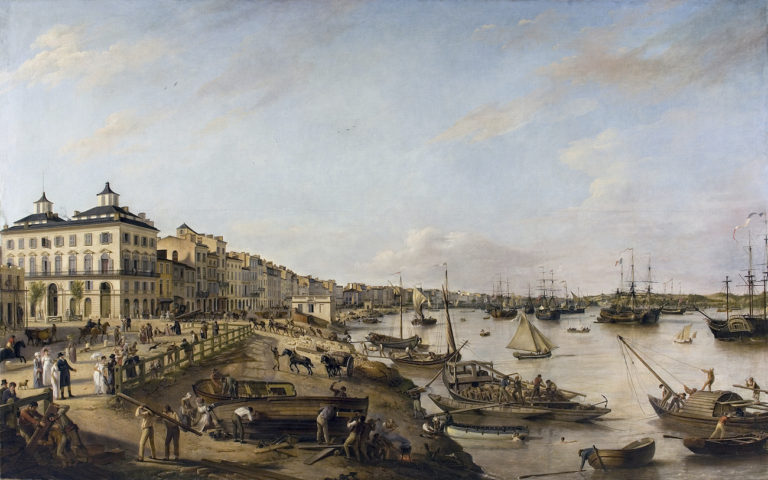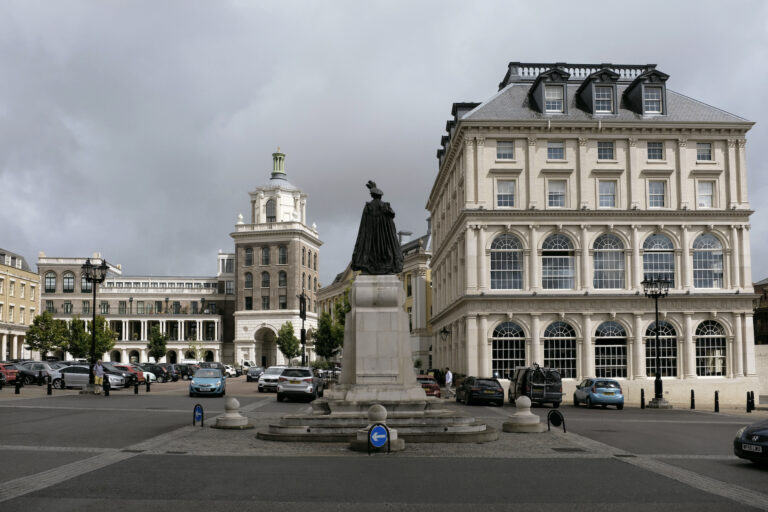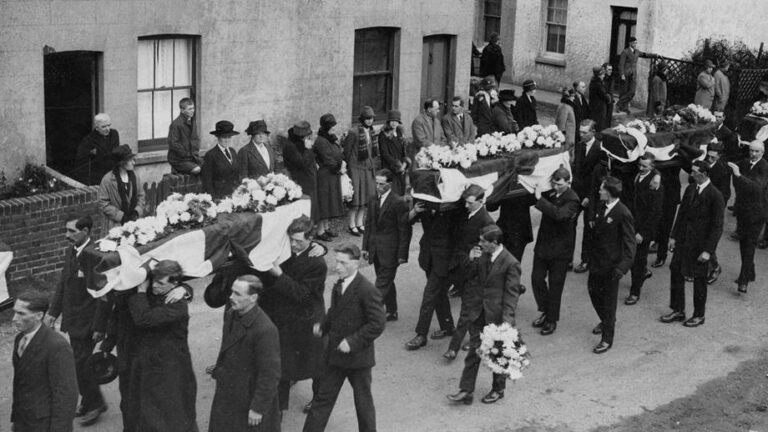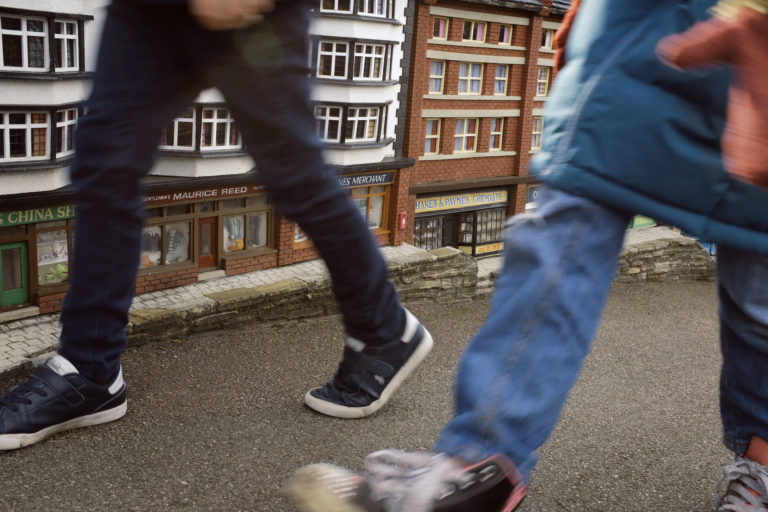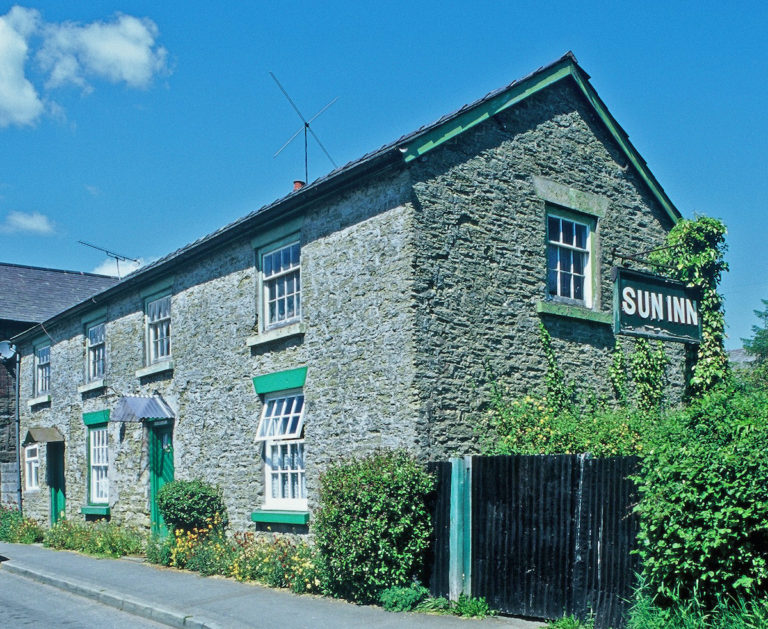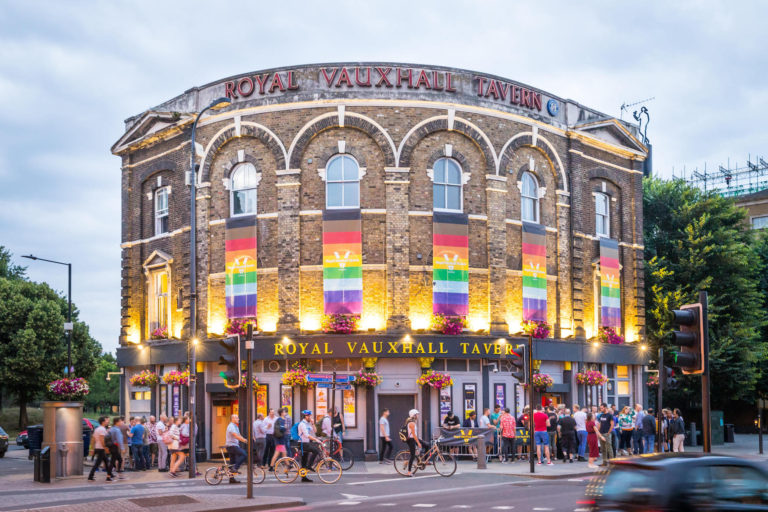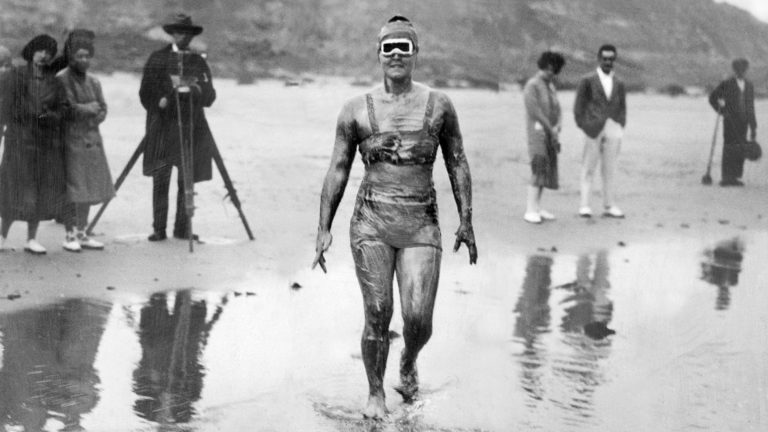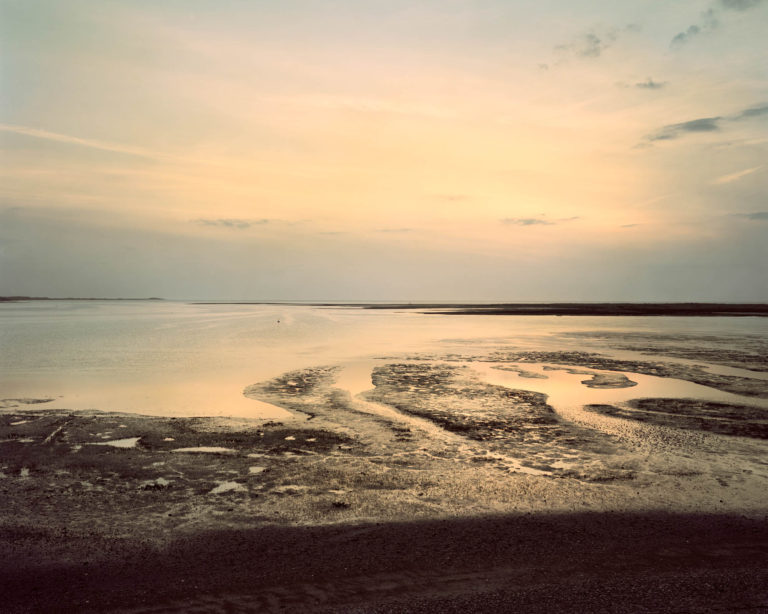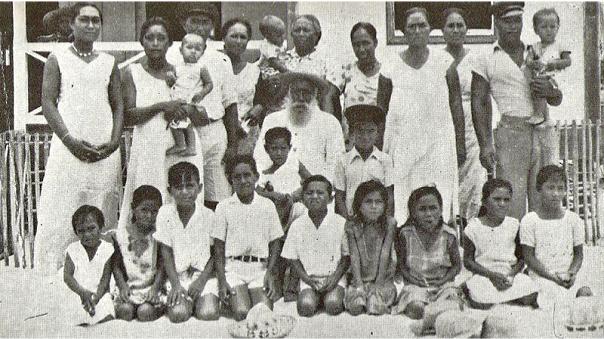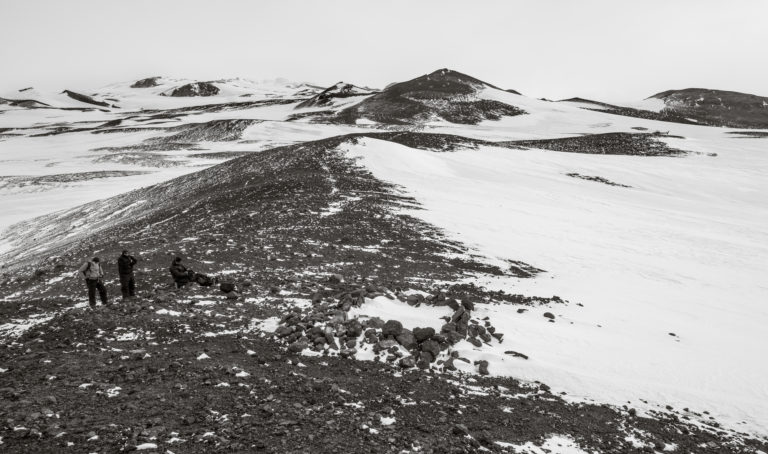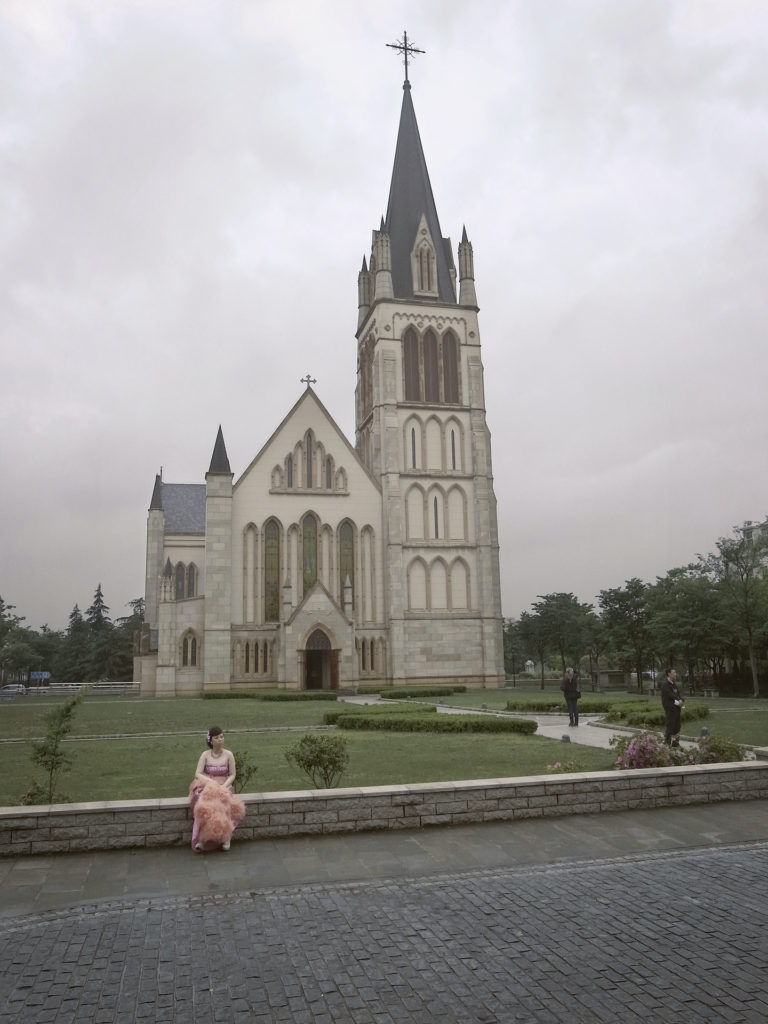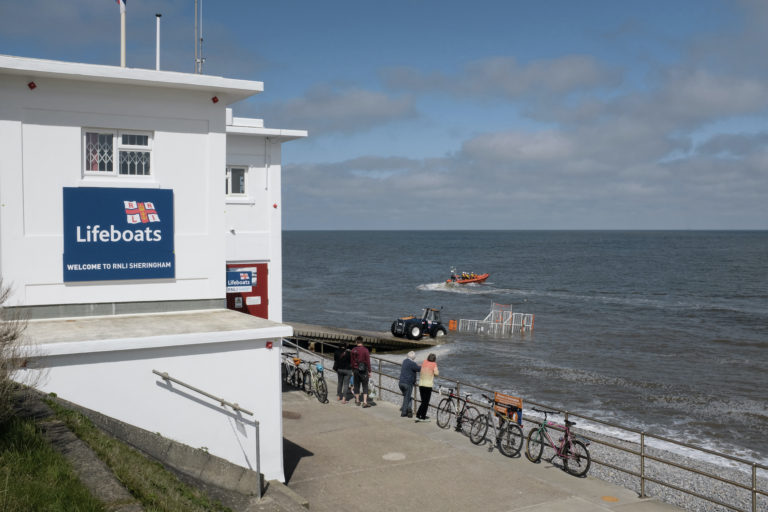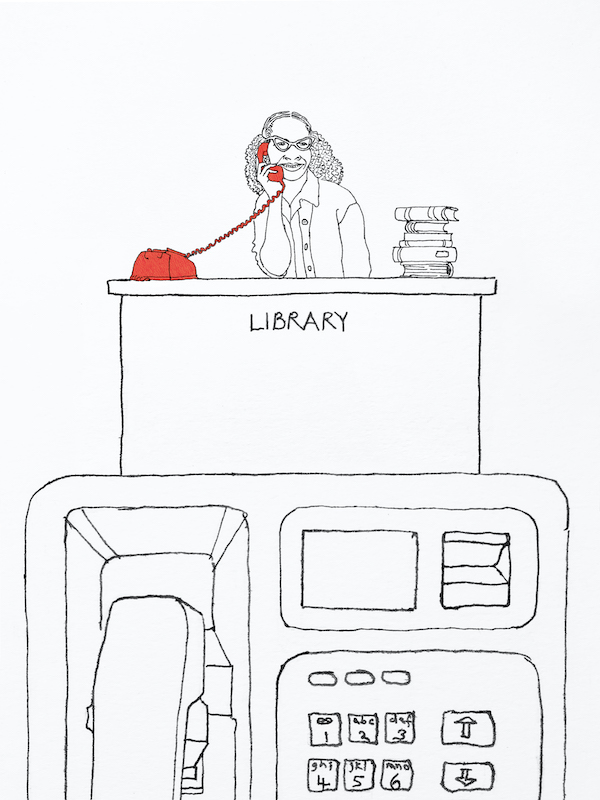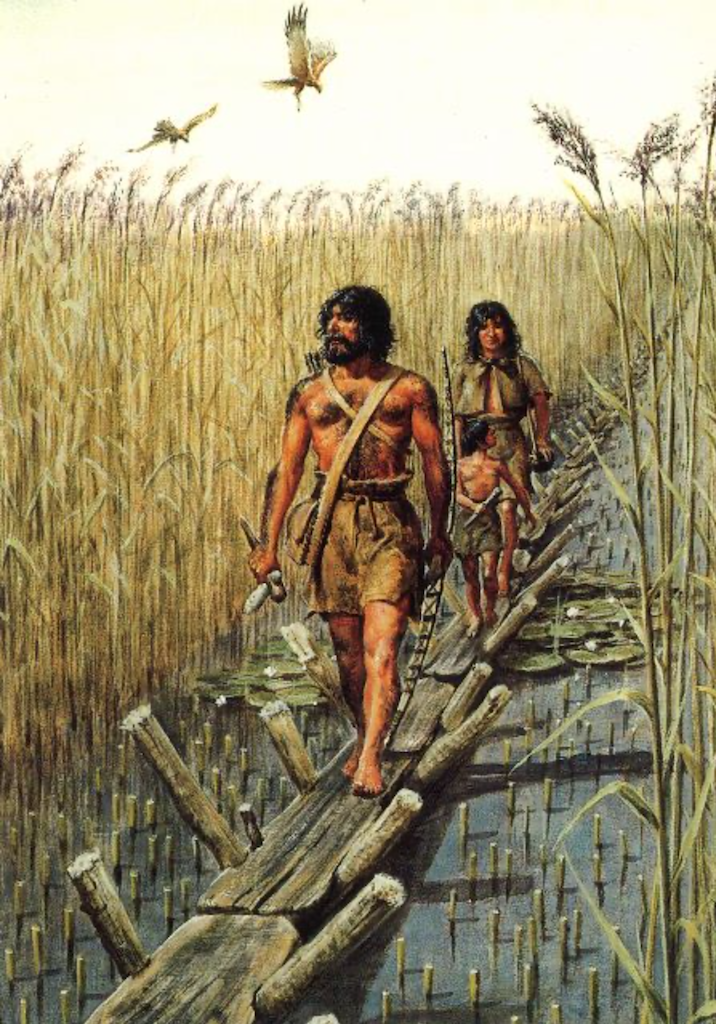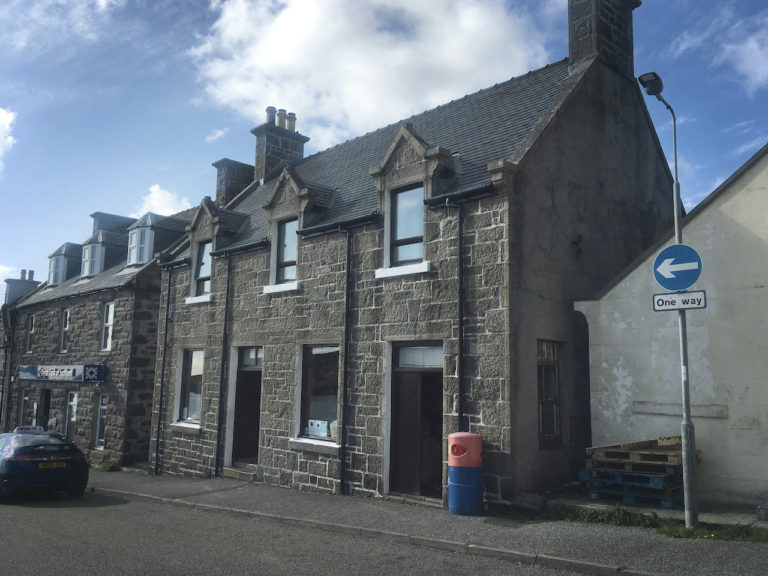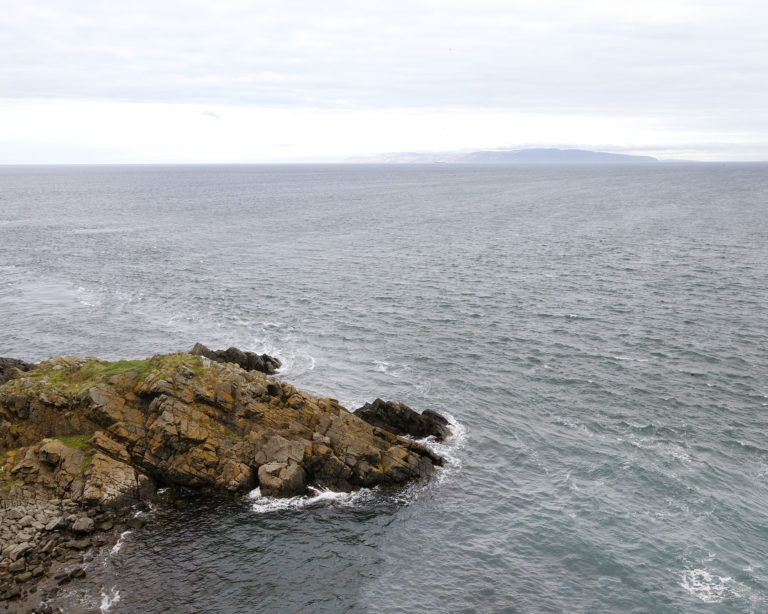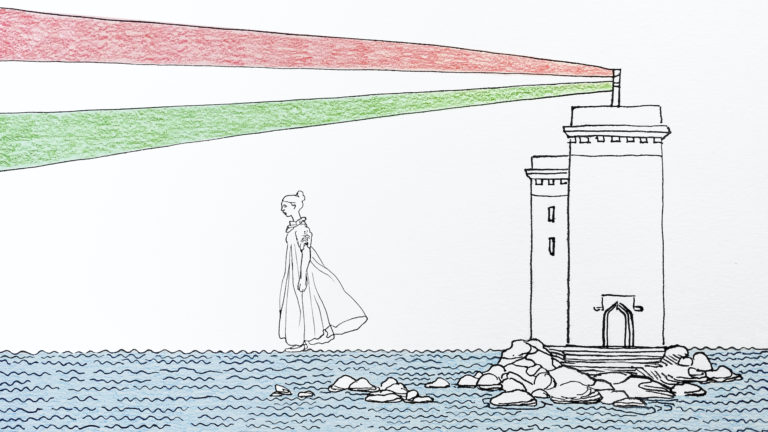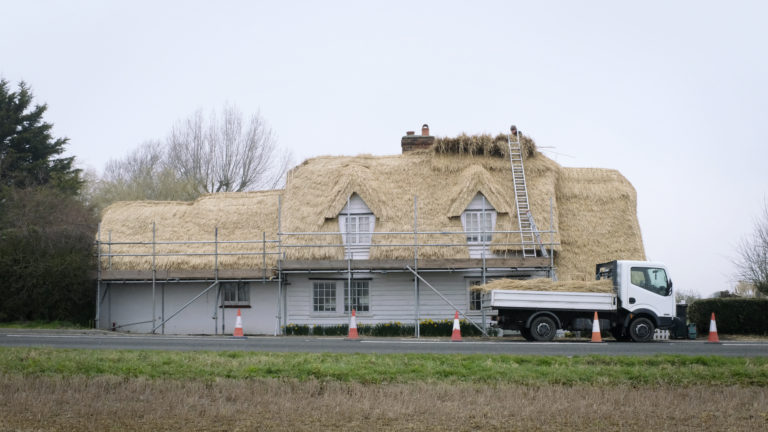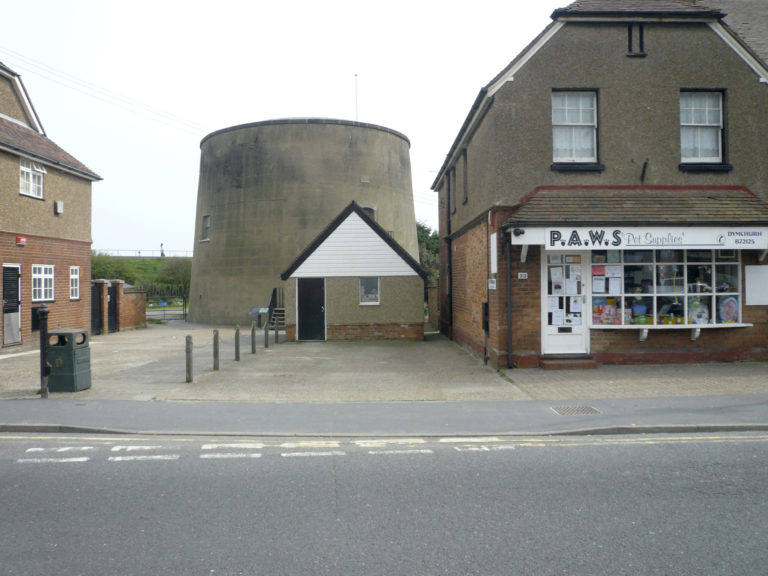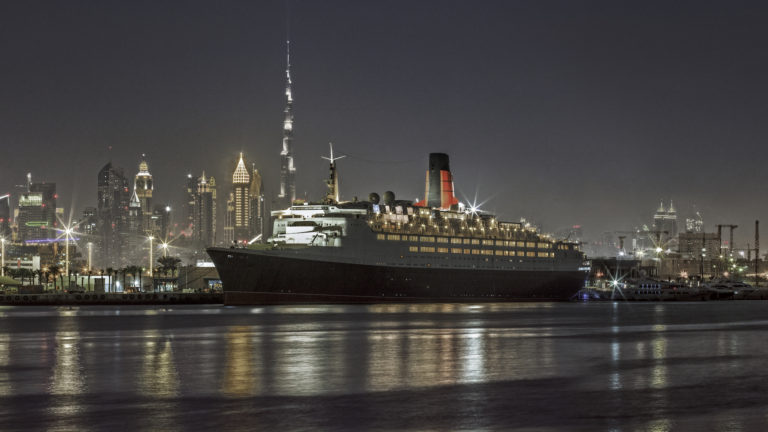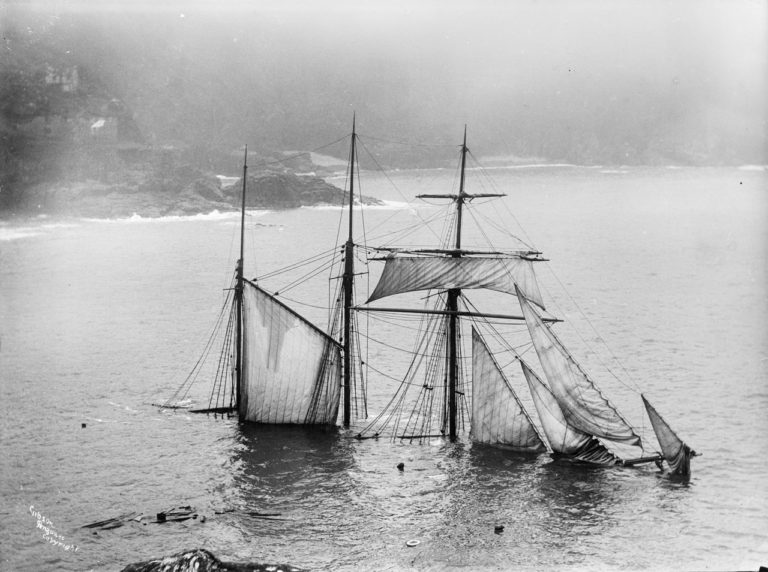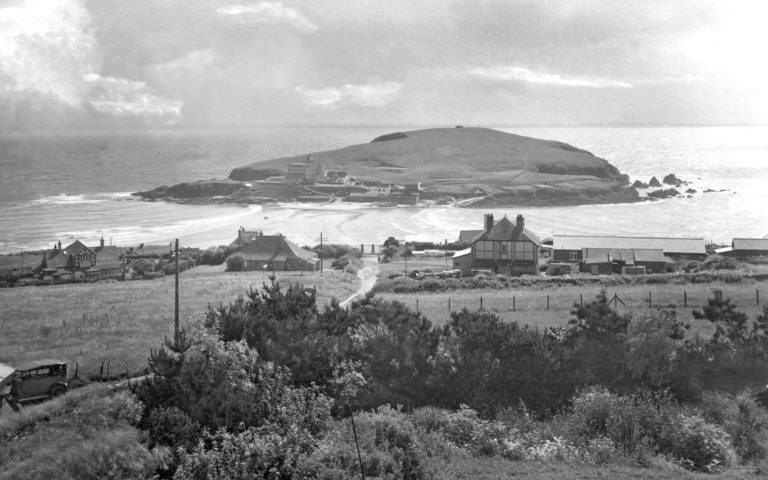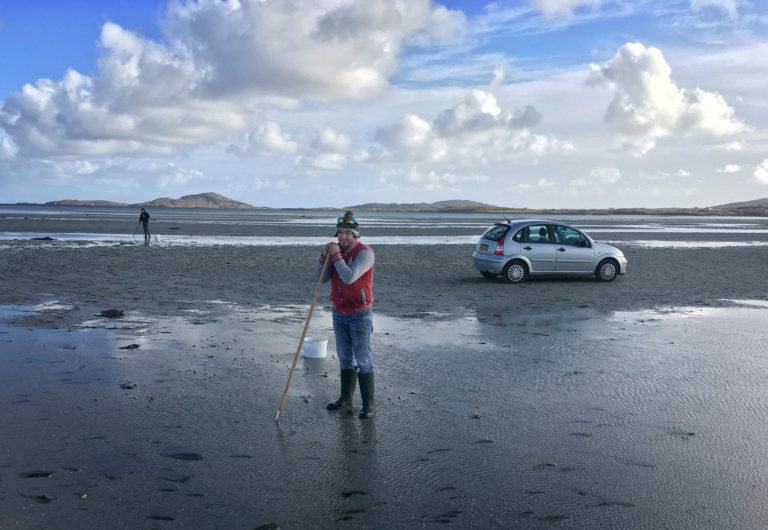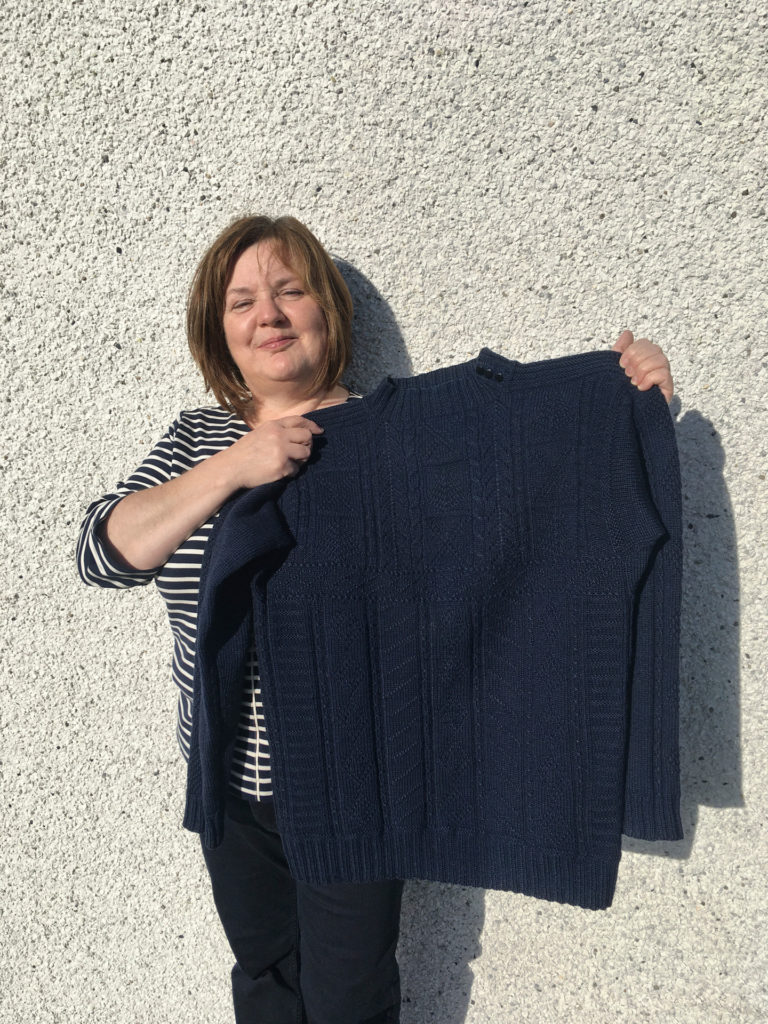NAVAL WATCH HUTS I Linnett's Cottage, Bradwell-on-Sea, Essex, England
Cynthia and Jeff's 18th century flatpack home
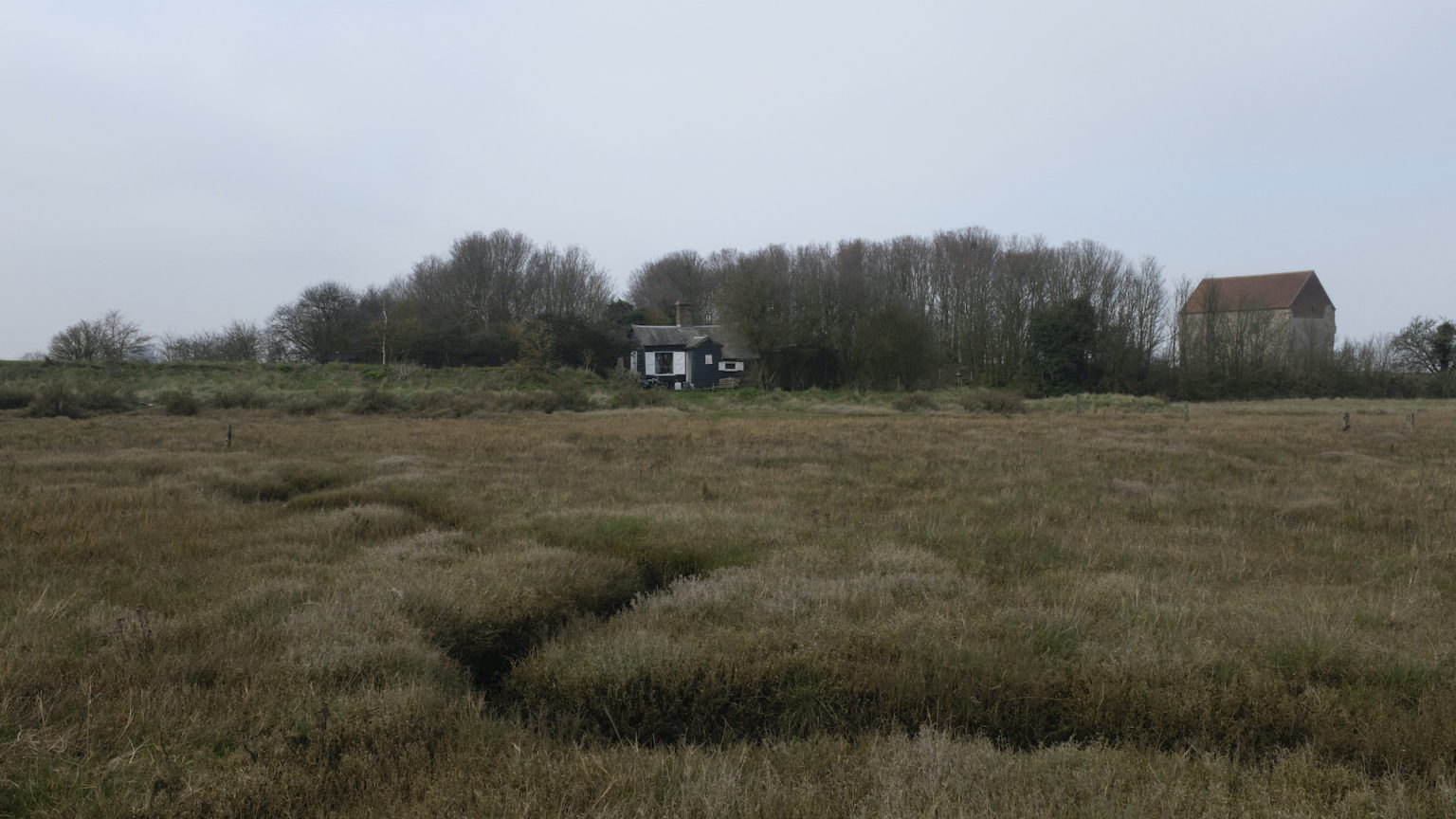
Up on the Dengie Marshes by the Blackwater Estuary in Essex, there’s a small wooden hut, nestling in a copse of elm trees. The hut has two contrasting neighbours. There’s one of the oldest churches in the UK, built in 654AD and the massive brooding bulk of Bradwell Nuclear Power Station completed in 1962. This is lonely country where the wind rattles your bones but these places get a hold of some people and they keep returning.
The hut itself was built in 1798, as part of a coastal chain of 20, protecting the UK from a French invasion that never came. It was lived in by a lieutenant, a midshipman and two ordinary seamen. The huts were put together like your Ikea flatpack wardrobe but this last remaining example is now Grade II listed so hopefully it will last a bit longer. The hut chain stretched from the Thames to Great Yarmouth and communicated using flags, pendants and coloured canvas balls, all mounted on a flagpole. Each combination denoted a number that corresponded to a phrase in a signal book. Wowsers. If only they’d known the joy of texting.
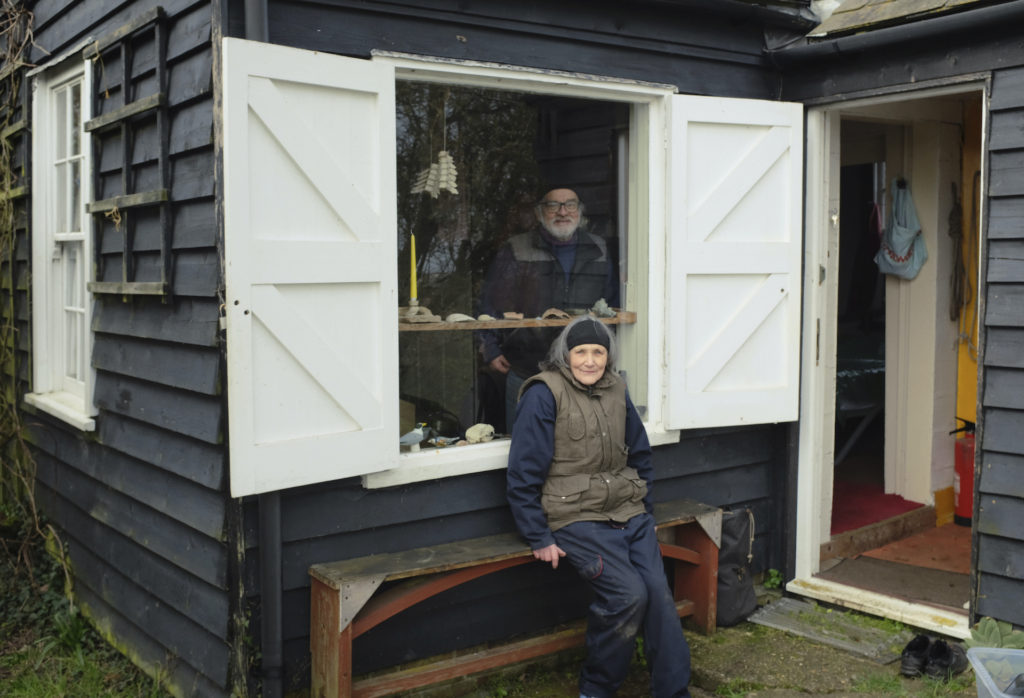
The navy left in 1815 and turned the hut back to the owner of the surrounding flatlands who used it to house farm labourers. This was back in the day when accommodation was provided and farms had more workers. From 1871 those labourers were the Linnett family and from his birth in 1878 to his death in 1958; Walter Linnett, King of the Wildfowlers. He also fathered eight children in this two and a half room home! Wildfowling is the capturing of geese, ducks and other waterfowl for eating. Often this was done by laying low in a broad flat-bottomed boat, called a punt. Much of Walter’s bag was sold in Leadenhall Market in the City of London. He also collected cockles, picked marsh samphire and did the odd job guiding other wildfowlers. This is living off and in harmony with the land. Many of us now have a less harmonious relationship to nature but there’s still one island in Scotland where seabirds are taken every year for food by the locals.
This peaceful spot seems to be a paradise for birds, as long as you don’t have Walter gunning you down for his tea. There can be up to 20,000 waders here and you also get a multitude of reed bunting, meadow pipit, yellow wagtail and linnets, no relation apparently 
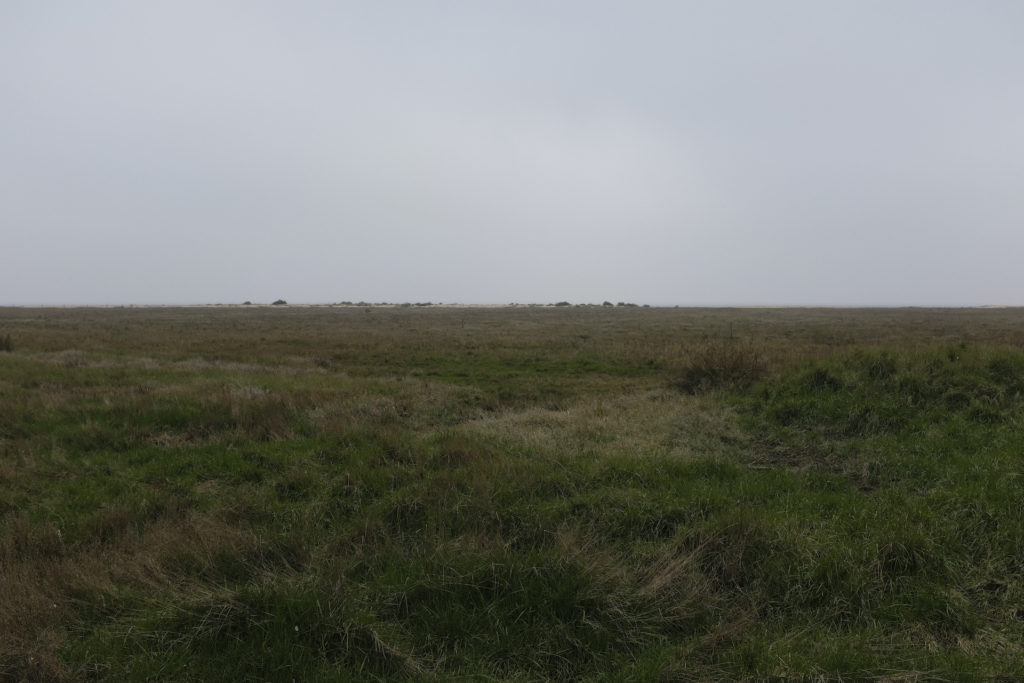
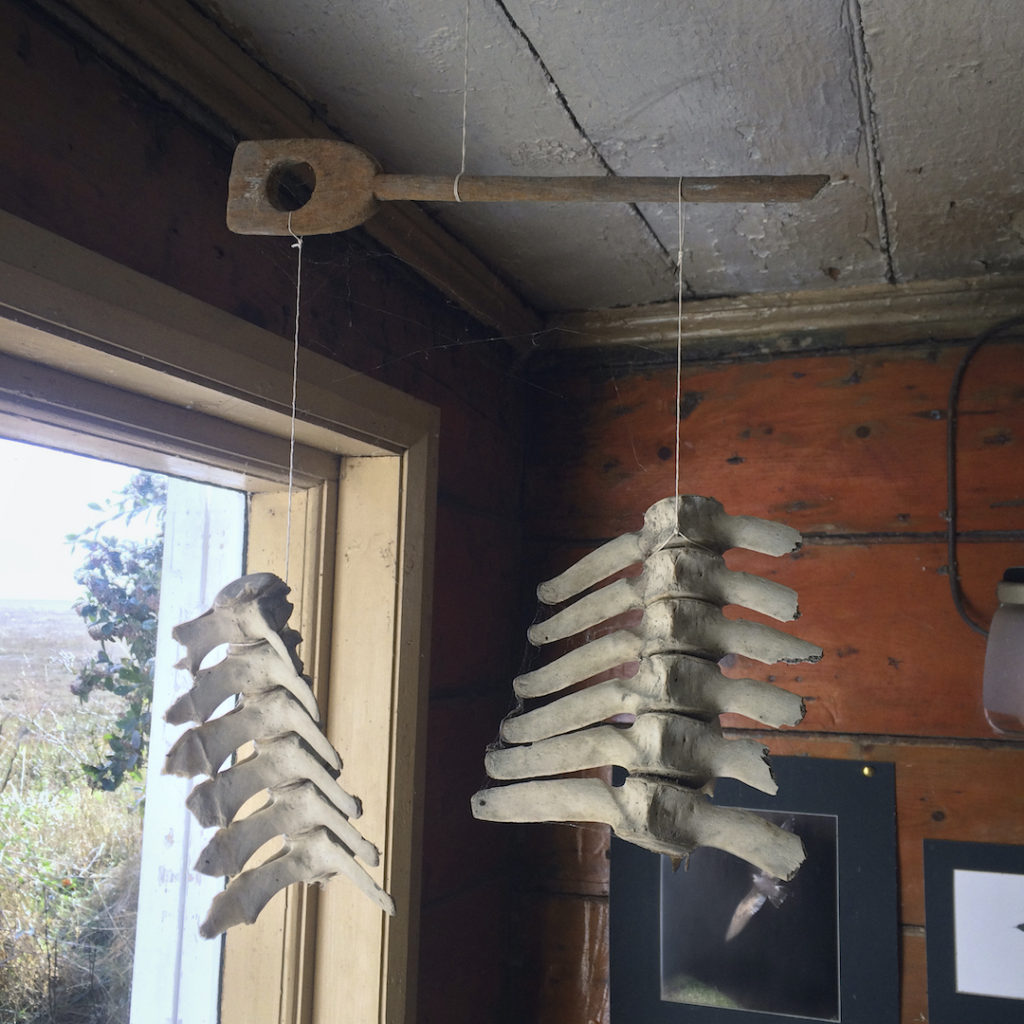
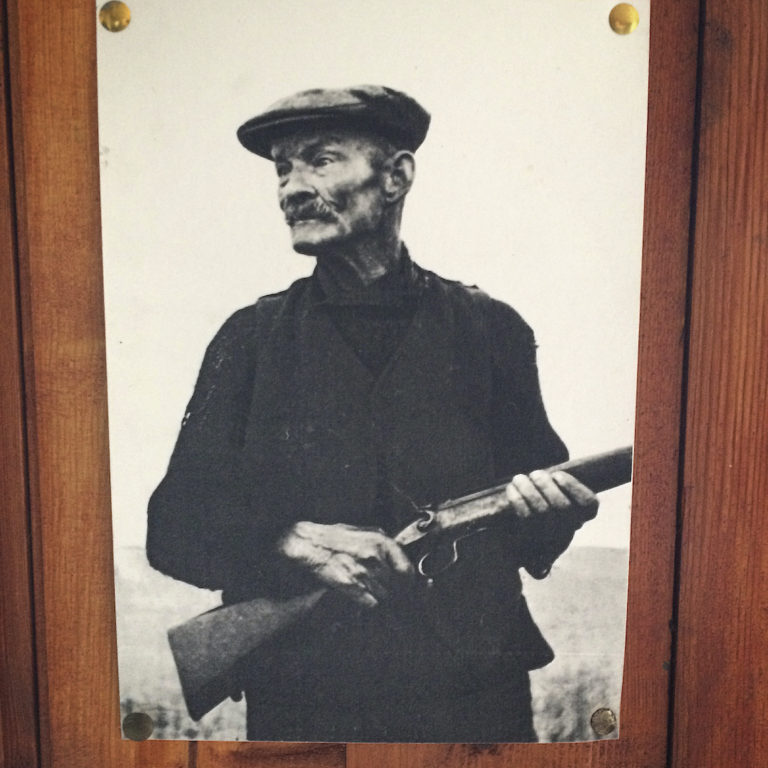
Two more recent seasonal fly-ins are Cynthia and Jeff. Cynthia photographs the wildlife while Jeff is a dab hand at making hanging mobiles from old bones found on the foreshore. On The Coracle’s visit, the Tuesday morning soundscape was particularly atmospheric. Birdlife, the wind, the rumble of the sea and the periodic explosions of old bombs by the army on the next peninsula. This is a simple life with no hum from a fridge, head torches are used for washing up and driftwood in the fireplace stops you from freezing your knackers off. As Jeff says; ‘you just get used to the lack of amenities and the gas lamps also give off heat’. Small treats then! Change is afoot though. Cynthia and Jeff have moved out for the farm owner to use it as a holiday home and there’s a proposed new nuclear power station for Bradwell. What would old Walter make of that?
John Tarlton shot the wonderful black and white portrait of old Walter above. His archive is held at the Museum of Rural Life.
